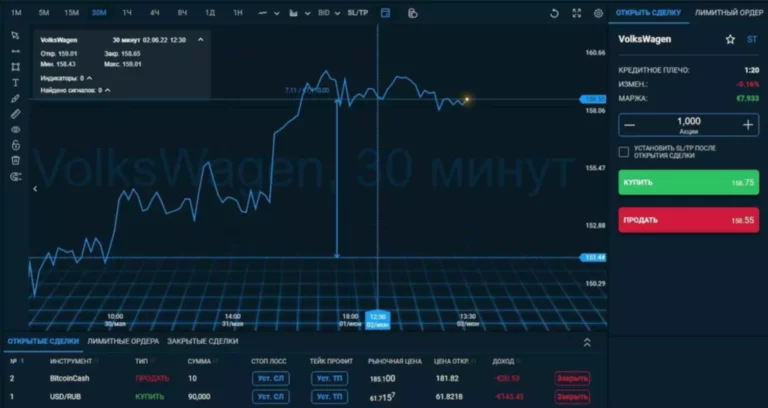Ethereum 2.zero is being rolled out in multiple phases, each of which brings new features and improvements to the platform. The first phase, known as the Beacon Chain, was launched in December 2020. This part introduced the PoS consensus mechanism and the Beacon Chain itself, which serves because the spine of the Ethereum 2.zero network. If I have been Ethereum Proof of Stake Model intent on acting maliciously, I may merely tell the network that I sent money to another get together with out truly doing so. Which is why you want validators — people who can authenticate transactions on the platform. Each network can outline their own standards for choosing validators.

Ethereum ‘merge’ Is Now Complete! What Does The Transition Mean For Cryptocurrency Holders?

A refined spin-off to the delegated proof-of-stake is Leased Proof-of-Stake or LPoS. It allows crypto holders to lease some of their funds to the nodes to verify blocks on their behalf. While you would vote for delegators in a DPoS mechanism, here there are no votes. You can merely lease your tokens and boost the possibilities of a particular node being selected as the validator.
Closing The Hole: Unravelling Gender Pay Disparities In It Trade
After the mainnet and the Beacon Chain have mixed, this replace will happen. Furthermore, by staking 32 ETH, prospective validators can still indicate their interest in the Beacon Chain. It’s lots to ask consumers to stake whenever you realize that 32 ETH represents 1000’s of dollars worth of Ethereum. Additionally, stashed cash shall be kept for no less than two years before being launched as quickly as Ethereum 2.0 is prepared to be used.
What’s Proof Of Stake? Proof Of Stake Explained
As the network of bitcoin and Blockchain customers grows, waiting occasions will get longer. There are going to be extra transactions to process with no change within the underlying know-how that processes them. PoS employs a semi-random election course of to determine the validators for each block. This course of is based on several components such as the number of tokens staked, whole staking time and validation history.
Proof Of Work Vs Proof Of Stake: Operational Costs
The improve’s final part is anticipated to begin at some point in 2023. If you would possibly be investing in a blockchain with both Proof-of-Work or Proof-of-Stake mechanism, you additionally must know their operational costs. PoS wants plenty of investment as you need many cash to stake on the network. Scott Nadal and Sunny King developed Proof-of-Stake (PoS) in 2012 to reduce the electrical energy utilization while mining cryptocurrency.
Reimagining Digital Transformation With An Ai-first, Platform-driven Mannequin
Miners also face a penalty for submitting invalid info or blocks. Bitcoin supporters believe the PoW mechanism to be the only way to attain consensus in probably the most secure manner. Bitcoin could be forked to create a new blockchain that runs on PoS but the OG Bitcoin might never change. This can also be the reason PoS is less energy intensive than PoW. Let us discover out some additional variations between these two most popular consensus mechanisms. Since the algorithm is of course inclined in the path of the nodes with the largest number of tokens staked, it tends to favour the whales more than the retail investors.

Wipro Offers Returnship Program To Relaunch Ladies’s Tech Careers: Apply Now
This reward reduced by half every four years or after 2.1 lac blocks. Thus by 2024, it’s going to additionally become unprofitable for miners to proceed solving these puzzles and generate blocks. Compromising on its largest pillar of Security and Immutability.
Ethereum Merge & Future Blockchain Structure

However, Ethereum has confronted some major challenges, corresponding to scalability and power consumption. To tackle these challenges, Ethereum 2.0 was developed, which goals to convey vital improvements to the platform. In this article, we’ll take a closer look at Ethereum 2.zero, its new options, and what you have to learn about the future of Ethereum 2.0. Under POS, the transactions are validated primarily based on ETH staked by a quantity of validators. This mechanism is far more energy-efficient in comparison to POW, and the power consumption is almost 99% decrease. The Ethereum neighborhood has been engaged on the transition to POS since 2015 when the blockchain was launched.
Crypto lovers should notice that whereas the brand new mining mechanism is more energy-efficient, it doesn’t essentially make ETH transactions any faster. According to Ethereum Foundation, the Proof of Stake technique only increases the productiveness pace by 10%. However, ETH developers do not need to worry as they won’t need to make any adjustments to their current code.
The exact second of “docking” the current Ethereum chain to the Proof of Stake Beacon Chain is perhaps the most socially difficult (given the recent opposition to EIP 1559 from miners). This approach shall be tough, and miners could need to be rewarded up until the second of merging and past. ConsenSys’ Mikhail Khalinin developed a model for Ethereum 2.zero close to the tip of final 12 months that used the Beacon Chain as the execution surroundings. Simply put, this is ready to counsel that the Ethereum Mainnet could be built directly on the Beacon Chain, essentially enabling Proof of Stake for all future Ethereum transactions. The transition to PoS may even trigger minimal disruption to present dapps, tooling, and users. Ethereum, as a state transaction system, has to play an important position as handling transactions performs a critical position in any blockchain community.
- The more tokens you stake, the more affect you may have over the community.
- You might want to stake at least 32 ETH to become a validator.
- The architecture of Bitcoin and Ethereum are similar as each networks are constructed utilizing blocks that connect with create a blockchain.
- Rewards are given by the blockchain, whereas the transaction charge is paid by the user who carried out that transaction.
- The modifications are a part of “Ethereum 2.0,” a broad concept that refers to Ethereum’s future development into a more practical, open network.
The particular math behind PoS varies between totally different blockchains. Generally, the chance of a validator being chosen is proportional to their stake. Some PoS techniques also contemplate factors like how lengthy the stake has been locked up. Think of it like a lottery the place shopping for more tickets will increase your possibilities of successful, however there’s still an element of randomness. Overall, Ethereum 2.zero represents a big step ahead for the blockchain industry, and its impression is likely to be felt for years to come back. Ethereum 2.zero additionally introduces different enhancements corresponding to sharding, which is a way that breaks the community into smaller partitions, or “shards,” to extend scalability.
Read more about https://www.xcritical.in/ here.